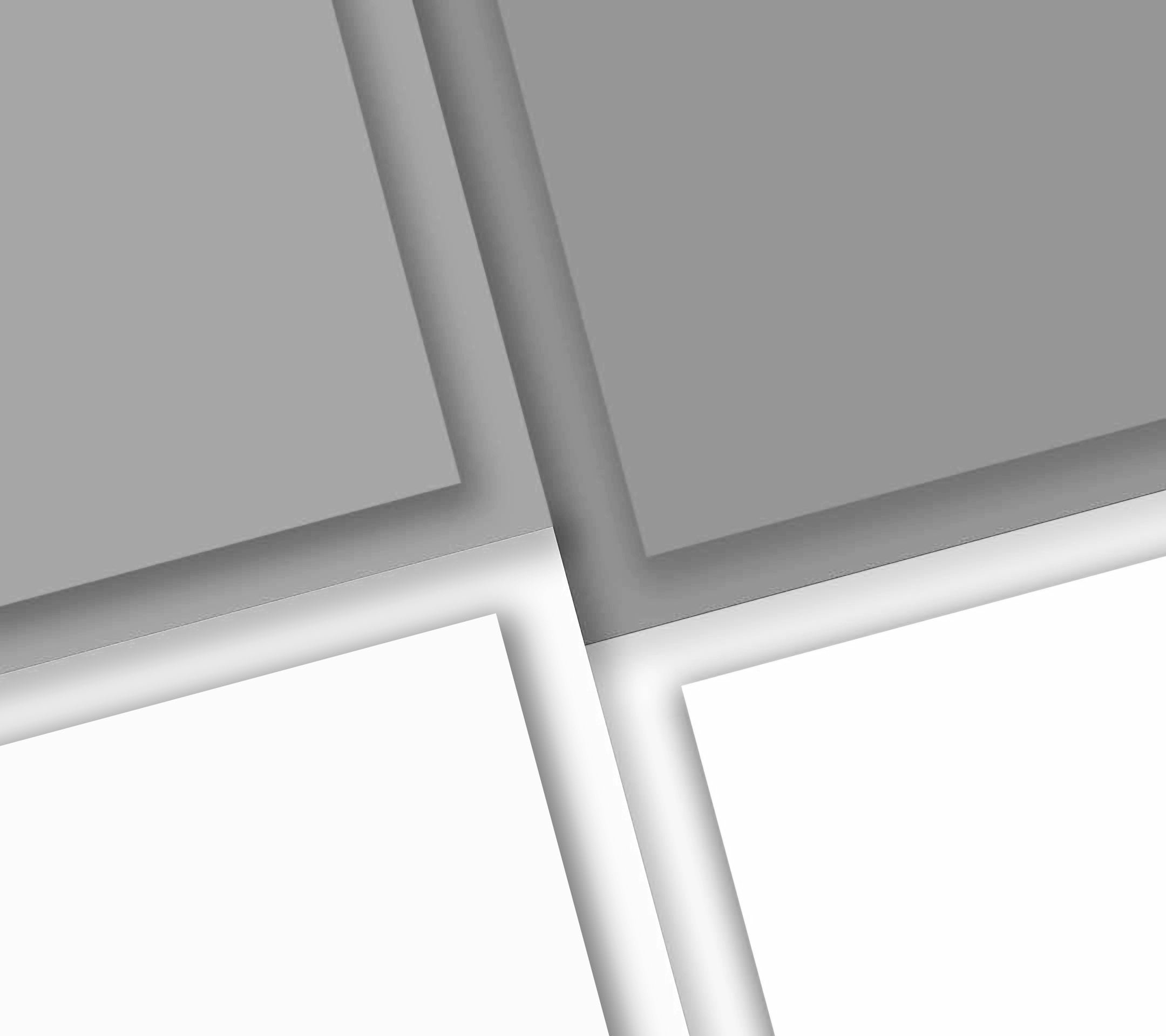
When to Use a Telecentric Lens in Machine Vision Applications?
When to Use a Telecentric Lens in Machine Vision Applications
In machine vision, selecting the right lens is critical to achieving precise, reliable measurements and inspections. A telecentric lens is designed to eliminate perspective errors and maintain consistent image magnification, making it essential for applications requiring high-accuracy measurement, defect detection, and precise alignment.
Key Scenarios for Using a Telecentric Lens
1. Accurate Dimensional Measurement
Telecentric lenses are widely used when precise, repeatable measurements are required. Unlike standard lenses, which introduce perspective distortion, telecentric optics ensure that objects appear the same size regardless of their distance from the lens.
Example: In automated inspection of machined parts, a telecentric lens ensures accurate measurement of hole diameters, edge positions, and part dimensions, even if the part is slightly misaligned on the conveyor.
2. Eliminating Perspective Distortion
Standard lenses create perspective errors, where objects closer to the lens appear larger than those further away. A telecentric lens eliminates this effect, providing a true-to-scale image.
Example: In pharmaceutical packaging, telecentric imaging ensures that printed text and barcodes on curved surfaces (such as pill bottles) remain clear and undistorted, improving OCR (Optical Character Recognition) accuracy.
3. Consistent Image Magnification
For applications requiring precise shape and size analysis, a telecentric lens provides uniform magnification, preventing objects from appearing stretched or compressed based on their position in the field of view.
Example: In semiconductor wafer inspection, a telecentric lens ensures that circuit traces and microcomponents are measured accurately, regardless of their placement on the wafer.
4. High-Precision Edge Detection & Metrology
In many industrial processes, accurate edge detection is crucial for quality control. Telecentric lenses enhance edge sharpness and accuracy, enabling precise positioning, alignment, and measurement.
Example: In robotic pick-and-place applications, telecentric lenses ensure that object edges are detected with sub-pixel accuracy, allowing robots to position components precisely on an assembly line.
5. Inspection Through Transparent or Reflective Surfaces
When inspecting parts behind glass, plastic covers, or reflective surfaces, standard lenses can introduce glare and distortion. Telecentric lenses reduce unwanted reflections, ensuring a clear, undistorted image.
Example: In food and beverage inspection, telecentric imaging ensures accurate level measurement of liquid-filled bottles, even through transparent containers.
When Not to Use a Telecentric Lens
While telecentric lenses offer unparalleled accuracy, they may not be suitable in every situation:
Limited Field of View – Due to their optical design, telecentric lenses cover smaller areas compared to standard lenses.
Higher Cost – Their advanced optics make them more expensive, which may not be justifiable for low-precision applications.
Larger Size – Telecentric lenses are physically larger, requiring more space in the machine vision setup.
Conclusion
A telecentric lens is essential when high precision, accurate measurements, and distortion-free imaging are required. They are commonly used in metrology, inspection, and automation, ensuring consistent, reliable results in critical industrial applications.
